|
I grew up hating vegetables, and for good reason. Us Indians make sure every nook and cranny of every vegetable is first covered in every single ground spice available to mankind, followed by cooking it to death - no offense. I was never able to finish my plate of Bindi Masala or Aloo Gobi, and looked forward to days my mom made chicken or fish. Don't take me wrong - I do enjoy Indian vegetarian dishes now that I understand the logic behind the way they are cooked - I mean a meal centered around vegetables ought to taste delicious if it has to be the star of the table. It was only after I moved to the Far-East in the nineties, that I realized that it wasn't vegetables that I disliked, it was just the way they were cooked back home. It was in Hong Kong that I discovered that vegetables aren't just restricted to cauliflower, okra, melons and spinach; there is a whole world of amazing seasonal Chinese greens and veggies, like pak choy, choy sum, bai cai, Chinese eggplant, fresh bean sprouts, bitter melon, and many more, that I had never seen before or heard of. Many of these veggies were transported each morning from Guangdong province nearby, and some were even grown in local organic farms within Hong Kong. Unlike most countries, where wet markets and farmers markets operate only in the morning, here we had vendors selling the freshest produce and fruit, all day every day. I was mesmerized. The influence of Cantonese cuisine completely changed the way I cook vegetables. I moved on to steaming, blanching, boiling and stir-frying techniques, and then giving them a simple dressing of oyster sauce and fried garlic. For the first time I realized my love for vegetables and started appreciating their inherent flavors. EAT LOCAL, EAT SEASONAL We do already know that vegetables are nutrient-rich and hydrating; let's talk about why eating local is so important. Ayurveda believes that when prepared fresh, vegetables and greens contain "prana" or life-supporting energy, which means the faster you eat them after they've been picked, the better nutrition you get out of them. Moreover, the longer a vegetable or green takes to get to you, the less tasty it is going to be. Ever tasted freshly picked green peas or string beans at a farm? They taste way sweeter, and very different from the bland and tasteless stuff you find on super-market shelves. Additionally, eating local and seasonal also reduces your carbon footprint, costs less and provides you with nutrients required by your body as per the season. For instance, hardy winter vegetables like brussels sprouts, broccoli, cabbage, kale, swiss chard, etc. to cook up warm wholesome foods like soups and stews. In summer, stone-fruits like peaches, plums, nectarines, cherries, etc. protect us against the sun and keep us hydrated. LET'S TALK RECIPES Ok then, it's time to give you a tour of some popular Asian vegetables and share with you some very easy and tasty recipes, to add to your repertoire. Want to learn more about local vegetables and local Singapore cuisine... Join us for a fully hands-on cooking class at Commune Kitchen. Or simply book a private cooking class!
0 Comments
Leave a Reply. |
AuthorPayal Thakurani is a cooking instructor, consulting chef, and author of the popular Southeast Asian cookbook “Curries for the Soul”. Originally based in Shanghai China, chef Payal has been in the food industry since 2012, working in training and brand development in central kitchens. She was also the proud owner of a cooking school and several food brands in Shanghai. She now lives in Singapore and heads Commune Kitchen in Downtown Gallery, where she hosts affordable, hands-on cooking classes for all ages. ArchivesCategories |
ServicesAs Listed On:
|
OUR KITCHENCommune Kitchen Pte. Ltd
182 Cecil Street #02-10/11 Frasers Tower 069547 |
|
© COPYRIGHT 2024. ALL RIGHTS RESERVED.








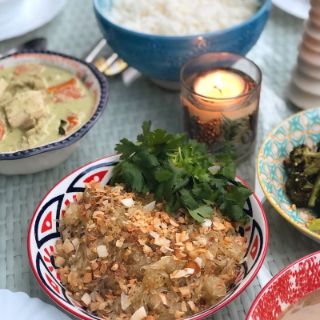



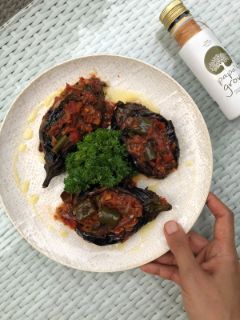

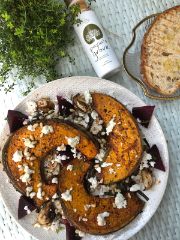






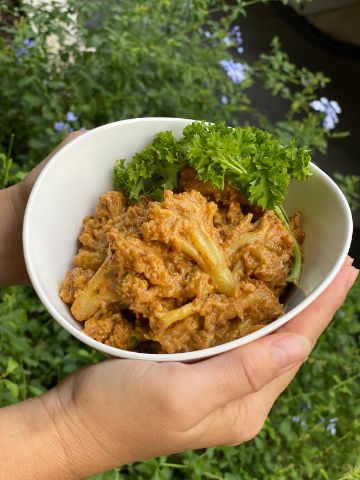





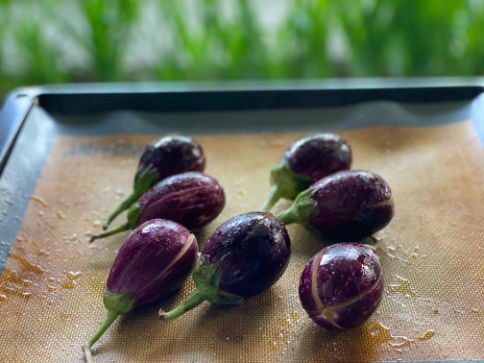
 RSS Feed
RSS Feed
